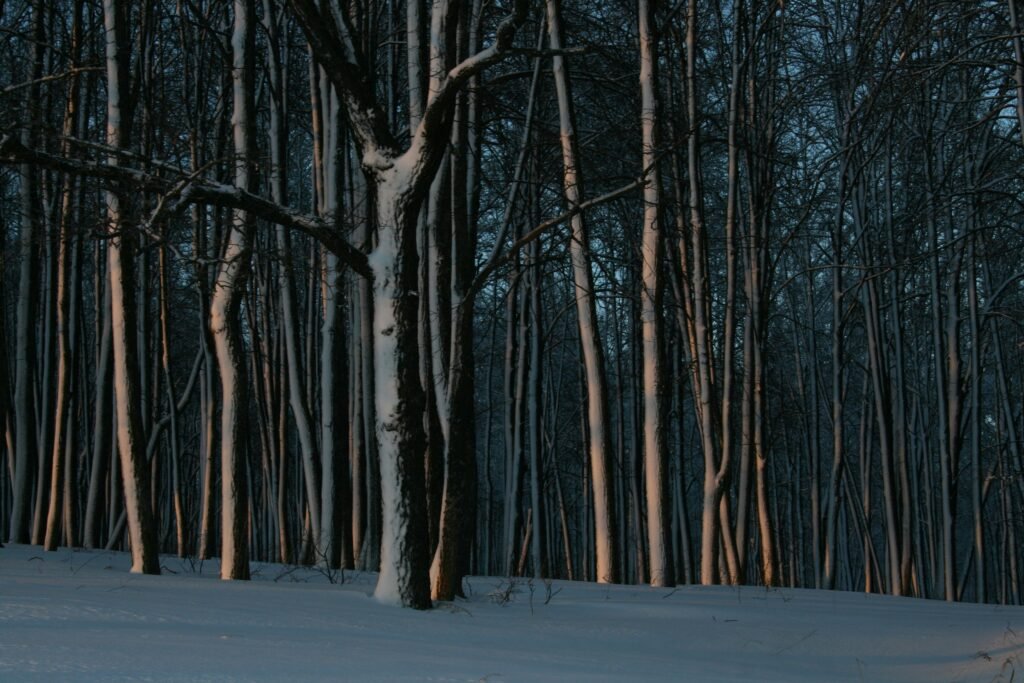
Symbolism
Symbolism is an indirect form of expression. When a writer wants to express different layers of meaning or shades of meaning, they make use of symbolism. A symbol is something that stands for many other things. All symbols are images, but not all images are symbols. A symbol is like a drop of water having the depth of an ocean. Robert Frost makes use of symbolism in his poetry to give the readers a deeper and wider implication. Symbolism is an art of language. It shows the writers’ or poets’ depth of thought.
Fire and Ice
Some say the world will end in fire,
Some say in ice.
From what I’ve tasted of desire
I hold with those who favor fire.
But if it had to perish twice,
I think I know enough of hate
To say that for destruction ice
Is also great
And would suffice.

In the poem “Fire and Ice,” the poet Frost is dwelling upon the possibilities of the destruction of the world. The very title of the poem is very symbolic. Here, Fire doesn’t mean ordinary fire; rather, it symbolizes the extreme heat of passion or lust, and Ice also gives a wider implication. It means the extreme cold of hatred. Ice also means the cold of extreme cynicism, which is very destructive and devastating. It also means the cold of jealousy. The poet says that the world may be annihilated either by the extreme heat of lust or by the extreme cold of hatred or jealousy.
Two Look at Two
Love and forgetting might have carried them
A little further up the mountain side
With night so near, but not much further up.
They must have halted soon in any case
With thoughts of a path back, how rough it was
With rock and washout, and unsafe in darkness;
When they were halted by a tumbled wall
With barbed-wire binding. They stood facing this,
Spending what onward impulse they still had
In One last look the way they must not go,
On up the failing path, where, if a stone
Or earthslide moved at night, it moved itself;
No footstep moved it. ‘This is all,’ they sighed,
Good-night to woods.’ But not so; there was more.
A doe from round a spruce stood looking at them
Across the wall, as near the wall as they.
She saw them in their field, they her in hers.
The difficulty of seeing what stood still,
Like some up-ended boulder split in two,
Was in her clouded eyes; they saw no fear there.
She seemed to think that two thus they were safe.
Then, as if they were something that, though strange,
She could not trouble her mind with too long,
She sighed and passed unscared along the wall.
“This, then, is all. What more is there to ask?”
But no, not yet. A snort to bid them wait.
A buck from round the spruce stood looking at them
Across the wall as near the wall as they.
This was an antlered buck of lusty nostril,
Not the same doe come back into her place.
He viewed them quizzically with jerks of head,
As if to ask, “Why don’t you make some motion?
Or give some sign of life? Because you can’t.
I doubt if you’re as living as you look.”
Thus till he had them almost feeling dared
To stretch a proffering hand – and a spell-breaking.
Then he too passed unscared along the wall.
Two had seen two, whichever side you spoke from.
“This must be all.” It was all. Still they stood,
A great wave from it going over them,
As if the earth in one unlooked-for favour
Had made them certain earth returned their love.
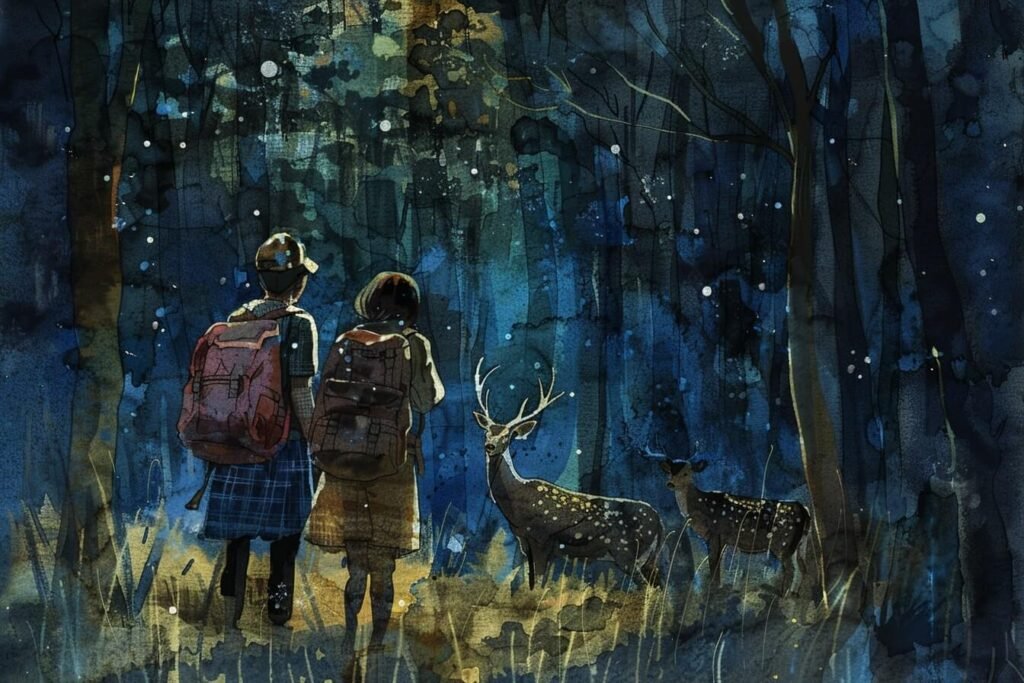
The poem “Two Look at Two” is the representative poem of Robert Frost in the sense that it dwells upon the unbridgeable gulf between the animal world and human beings. The poet uses some images in this poem to indicate the impossibility of this relationship. In the poem, the New England poet gives a picture of a human couple coming near the top of the hill. There is also a picture of the animal couple ( the dear and the buck) coming near the top of the same hill. Here hill probably symbolizes the barrier between the human world and the animal world. The image itself is very suggestive. Through this picture, Robert Frost gives us the impression that there is an unbridgeable gap between man and nature. They may feel curiosity for one another, but they don’t dare to come closer.
Image of a Stone Broken:
The characters see the image of a broken stone, which symbolizes the image of division. The suggestion is: There is no possibility of union between the human world and the animal world. The characters also see the wood on the hill, but they don’t have the guts to get into it. The wood here symbolizes the unfathomable mystery of the world. Neither of the two parties is sure that the other party would return its love. So, the human world remains an enigma to the animal world, and the animal world remains an enigma to the human world.
The Oven Bird
There is a singer everyone has heard,
Loud, a mid-summer and a mid-wood bird,
Who makes the solid tree trunks sound again.
He says that leaves are old and that for flowers
Mid-summer is to spring as one to ten.
He says the early petal-fall is past
When pear and cherry bloom went down in showers
On sunny days a moment overcast;
And comes that other fall we name the fall.
He says the highway dust is over all.
The bird would cease and be as other birds
But that he knows in singing not to sing.
The question that he frames in all but words
Is what to make of a diminished thing.
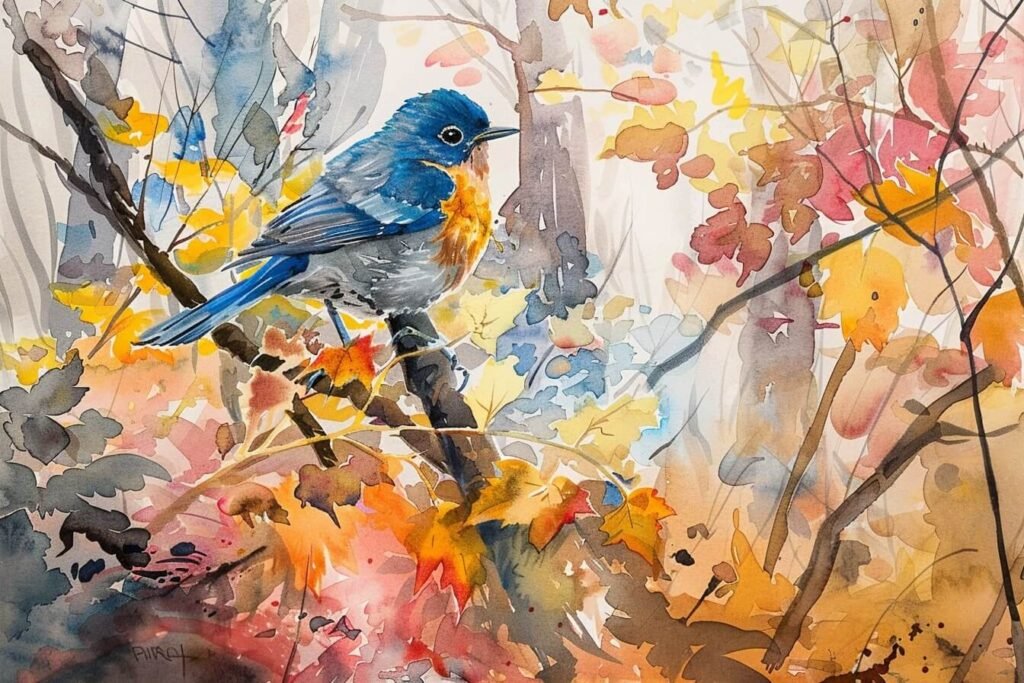
The oven-bird is generally seen singing in mid-summer; that is, in-between spring and winter. The poet thinks that the bird sings with the full knowledge of the warmth of spring and the cold of winter. The bird has the consciousness of the vanished glories of spring, and the chill of the incoming/ensuing winter. The main concern of the bird is to make the best use of the vanished glories of life, and how to make the best use of life full of limitations and challenges.
The oven bird here symbolizes the soldier of life. It is not escapist. It is romantic and realistic at the same time. Its romanticism is based on the consciousness of reality. The bird sings the song of acceptance of life with all its limitations and challenges. So, in the poem “The Oven Bird,” the poet has tried to explain the mysteries of life through the song of the oven bird, which symbolizes the voice of wisdom, the voice of common sense, the voice of romanticism, having the consciousness of reality. The oven bird symbolizes the concept of accepting the world with all its limitations.
“Out, Out-“
The buzz saw snarled and rattled in the yard
And made dust and dropped stove-length sticks of wood,
Sweet-scented stuff when the breeze drew across it.
And from there those that lifted eyes could count
Five mountain ranges one behind the other
Under the sunset far into Vermont.
And the saw snarled and rattled, snarled and rattled,
As it ran light, or had to bear a load.
And nothing happened: day was all but done.
Call it a day, I wish they might have said
To please the boy by giving him the half hour
That a boy counts so much when saved from work.
His sister stood beside him in her apron
To tell them ‘Supper.’ At the word, the saw,
As if to prove saws knew what supper meant,
Leaped out at the boy’s hand, or seemed to leap—
He must have given the hand. However it was,
Neither refused the meeting. But the hand!
The boy’s first outcry was a rueful laugh,
As he swung toward them holding up the hand
Half in appeal, but half as if to keep
The life from spilling. Then the boy saw all—
Since he was old enough to know, big boy
Doing a man’s work, though a child at heart—
He saw all spoiled. ‘Don’t let him cut my hand off—
The doctor, when he comes. Don’t let him, sister!’
So. But the hand was gone already.
The doctor put him in the dark of ether.
He lay and puffed his lips out with his breath.
And then—the watcher at his pulse took fright.
No one believed. They listened at his heart.
Little—less—nothing!—and that ended it.
No more to build on there. And they, since they
Were not the one dead, turned to their affairs.
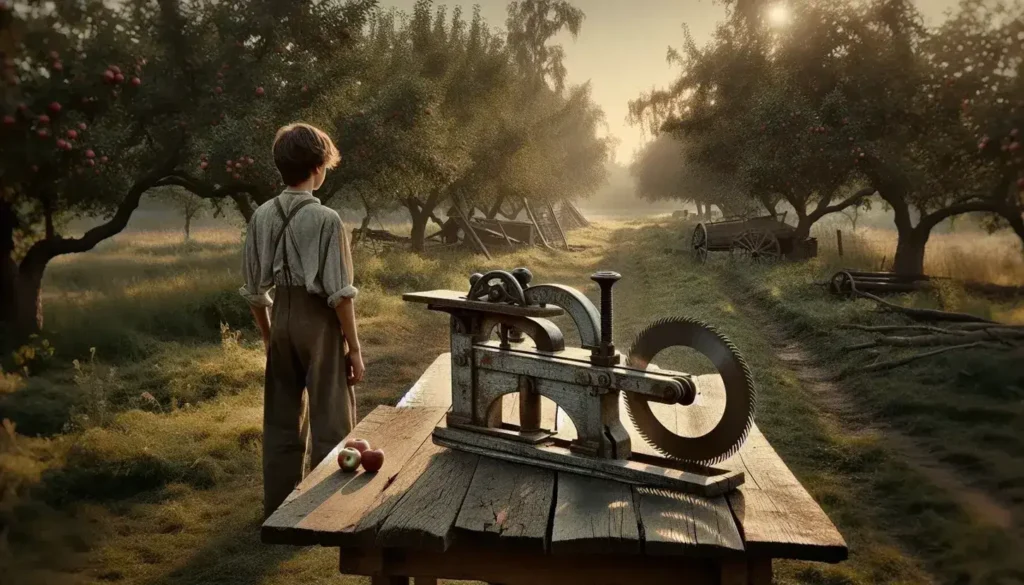
“Out, Out-” is a small poem of about thirty-odd lines, but to the sensitive readers, it is a highly heart-rending poem where pathos is built up in the successive lines. The boy’s accidental death is gruesome indeed, but the implications thereof are more important. They project an ironic symbolism of life, which ends tragically and suddenly, as if a candle is snuffed out abruptly. The poet is not sentimental either. His blunt statement of facts has the terse(brief) power of justifying the melodramatic shock. It brings out well how unforeseen(unexpected) events happen with apparently no meaning at all. The loss of the hand to the boy symbolizes the loss of livelihood; on a broader perspective, the loss of creativity, and even man’s essential humanity through mere mechanism. It indicates that anything less than completeness is as good as death.
Mending Wall
Something there is that doesn’t love a wall,
That sends the frozen-ground-swell under it,
And spills the upper boulders in the sun;
And makes gaps even two can pass abreast.
The work of hunters is another thing:
I have come after them and made repair
Where they have left not one stone on a stone,
But they would have the rabbit out of hiding,
To please the yelping dogs. The gaps I mean,
No one has seen them made or heard them made,
But at spring mending-time we find them there.
I let my neighbor know beyond the hill;
And on a day we meet to walk the line
And set the wall between us once again.
We keep the wall between us as we go.
To each the boulders that have fallen to each.
And some are loaves and some so nearly balls
We have to use a spell to make them balance:
‘Stay where you are until our backs are turned!’
We wear our fingers rough with handling them.
Oh, just another kind of out-door game,
One on a side. It comes to little more:
There where it is we do not need the wall:
He is all pine and I am apple orchard.
My apple trees will never get across
And eat the cones under his pines, I tell him.
He only says, ‘Good fences make good neighbors.’
Spring is the mischief in me, and I wonder
If I could put a notion in his head:
‘Why do they make good neighbors? Isn’t it
Where there are cows? But here there are no cows.
Before I built a wall I’d ask to know
What I was walling in or walling out,
And to whom I was like to give offense.
Something there is that doesn’t love a wall,
That wants it down.’ I could say ‘Elves’ to him,
But it’s not elves exactly, and I’d rather
He said it for himself. I see him there
Bringing a stone grasped firmly by the top
In each hand, like an old-stone savage armed.
He moves in darkness as it seems to me,
Not of woods only and the shade of trees.
He will not go behind his father’s saying,
And he likes having thought of it so well
He says again, ‘Good fences make good neighbors.’
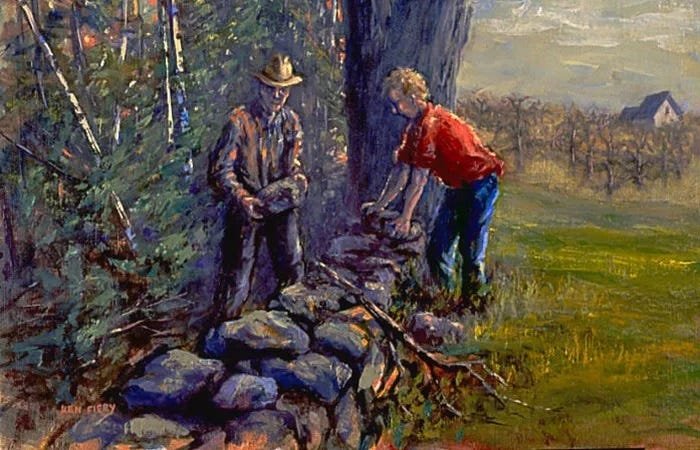
One of the masterpieces of Robert Frost is “Mending Wall.” In this poem, we get the idea of the two farmers- one is a young progressive farmer and the other is an old conservative farmer. The young progressive farmer is probably the young poet. He is giving arguments against keeping any wall or boundary with the plot of the old conservative farmer, who is his neighbour. But the old conservative farmer is in favor of the wall or boundary, and he is giving arguments in favor of his idea of keeping and mending the wall. Apparently, the poem is very descriptive and anecdotal (narrative), but the readers have the feeling that the poet wants to give deeper implications than what we can see outwardly.
The line “good fences make good neighbours” brings out the apparent outer surface meaning. The old farmer, who is a bit orthodox, believes in the fact that the boundary wall or fence must be intact and well preserved to avoid disputes. These preventive measures will ensure friendly relations between neighbours. But the poet doesn’t stop here. He wants to convey a deeper meaning. The words “walls,” “fences,” etc., could have a deeper symbolic meaning of indicating international border lines between nations. The fences and walls indicate barriers beyond the National Frontiers, too. They also indicate the invisible barriers built up and broken by men among themselves. It also symbolizes the conflict between love for the traditions of the forefathers and hatred of the tradition. However, the message of the poem is that for the sake of peaceful co-existence, we will have to accept things that we don’t like.
The Road Not Taken
Two roads diverged in a yellow wood,
And sorry I could not travel both
And be one traveler, long I stood
And looked down one as far as I could
To where it bent in the undergrowth;
Then took the other, as just as fair,
And having perhaps the better claim,
Because it was grassy and wanted wear;
Though as for that the passing there
Had worn them really about the same,
And both that morning equally lay
In leaves no step had trodden black.
Oh, I kept the first for another day!
Yet knowing how way leads on to way,
I doubted if I should ever come back.
I shall be telling this with a sigh
Somewhere ages and ages hence:
Two roads diverged in a wood, and I—
I took the one less traveled by,
And that has made all the difference.
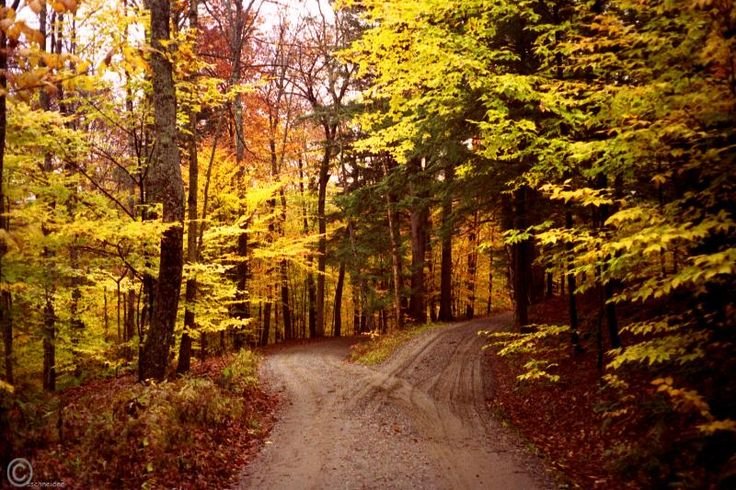
“The Road Not Taken” is a typical Robert Frost poem for hiding deep meaning beneath a surface simplicity. To a reader who does not ponder over this poem seriously, the theme is very simple. When we find two roads going in different directions, and we are not very familiar with either, we stand hesitantly for a while, and take one of them at random. But there is a symbolic interpretation. One way to read the poem is that the poet is confronted with two different types of poetic development and modes of poetic presentation. One is the traditional way much in use among his contemporaneous poets. The other is the style not followed by the majority, and this is what the poet ultimately chooses. The closing line:
“And that has made all the difference,” emphasises the fact that the poet does not regret his choice. What is true of the poet is true for any man, and thus this small experience takes on universal symbolic significance. However, considering the human situation as a whole, we can only appreciate the symbolic relevance of the poem. Choice is something inevitable in our lives. And whatever choice has been made, one has to suffer its consequences, good or bad.
Birches
When I see birches bend to left and right
Across the lines of straighter darker trees,
I like to think some boy’s been swinging them.
But swinging doesn’t bend them down to stay
As ice-storms do. Often you must have seen them
Loaded with ice a sunny winter morning
After a rain. They click upon themselves
As the breeze rises, and turn many-colored
As the stir cracks and crazes their enamel.
Soon the sun’s warmth makes them shed crystal shells
Shattering and avalanching on the snow-crust—
Such heaps of broken glass to sweep away
You’d think the inner dome of heaven had fallen.
They are dragged to the withered bracken by the load,
And they seem not to break; though once they are bowed
So low for long, they never right themselves:
You may see their trunks arching in the woods
Years afterwards, trailing their leaves on the ground
Like girls on hands and knees that throw their hair
Before them over their heads to dry in the sun.
But I was going to say when Truth broke in
With all her matter-of-fact about the ice-storm
I should prefer to have some boy bend them
As he went out and in to fetch the cows—
Some boy too far from town to learn baseball,
Whose only play was what he found himself,
Summer or winter, and could play alone.
One by one he subdued his father’s trees
By riding them down over and over again
Until he took the stiffness out of them,
And not one but hung limp, not one was left
For him to conquer. He learned all there was
To learn about not launching out too soon
And so not carrying the tree away
Clear to the ground. He always kept his poise
To the top branches, climbing carefully
With the same pains you use to fill a cup
Up to the brim, and even above the brim.
Then he flung outward, feet first, with a swish,
Kicking his way down through the air to the ground.
So was I once myself a swinger of birches.
And so I dream of going back to be.
It’s when I’m weary of considerations,
And life is too much like a pathless wood
Where your face burns and tickles with the cobwebs
Broken across it, and one eye is weeping
From a twig’s having lashed across it open.
I’d like to get away from earth awhile
And then come back to it and begin over.
May no fate willfully misunderstand me
And half grant what I wish and snatch me away
Not to return. Earth’s the right place for love:
I don’t know where it’s likely to go better.
I’d like to go by climbing a birch tree,
And climb black branches up a snow-white trunk
Toward heaven, till the tree could bear no more,
But dipped its top and set me down again.
That would be good both going and coming back.
One could do worse than be a swinger of birches.
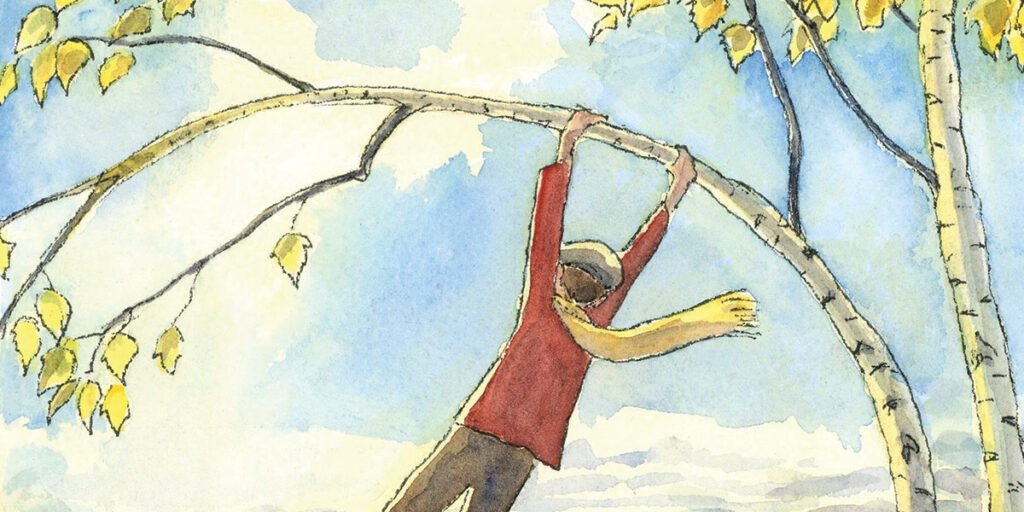
In his great nature lyrics, “Birches,” Frost has infused a universal appeal through the metaphor of swinging on the branches of a birch tree in the New England countryside. The swinging on the branches of a birch tree is very symbolic. It symbolizes the taste of the ideal and the real imagination and reality, the taste of both flowers and thorns of life, the charms of both the flowers and the thorns, the charms of both heaven and the storm of reality, both fact and fantasy. One can simply go up on the branches of a birch tree, which is a symbol of bliss and serenity, and one has to come down to earth, which is the symbol of the hard realities of life.
Stopping by Woods on a Snowy Evening
Whose woods these are I think I know.
His house is in the village though;
He will not see me stopping here
To watch his woods fill up with snow.
My little horse must think it queer
To stop without a farmhouse near
Between the woods and frozen lake
The darkest evening of the year.
He gives his harness bells a shake
To ask if there is some mistake.
The only other sound’s the sweep
Of easy wind and downy flake.
The woods are lovely, dark and deep,
But I have promises to keep,
And miles to go before I sleep,
And miles to go before I sleep.
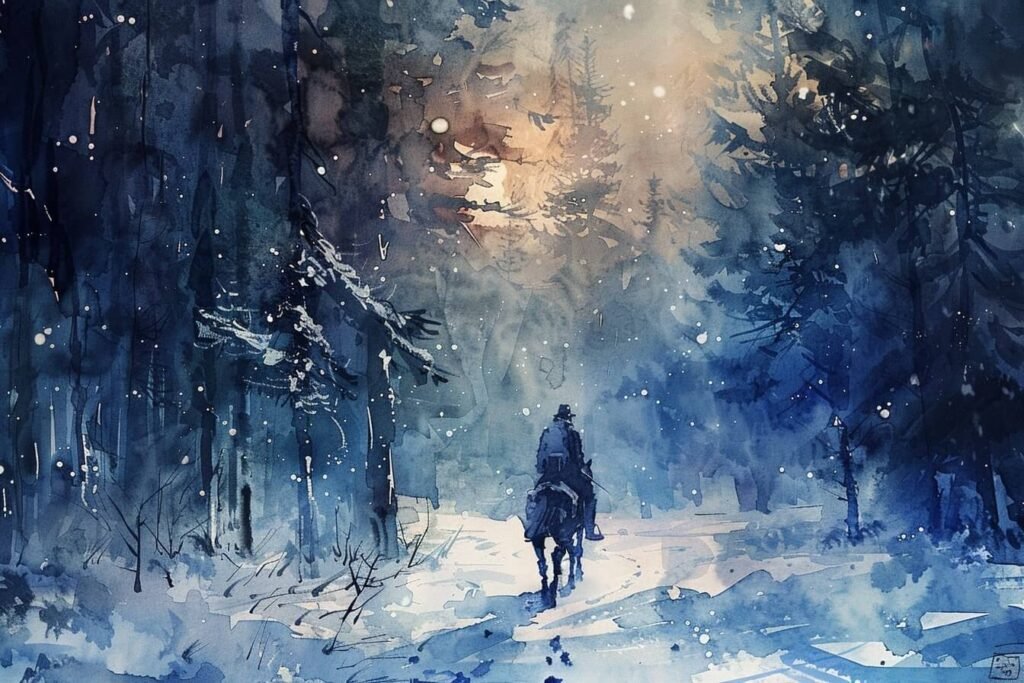
“Stopping by Woods on a Snowy Evening” can be read on two levels – on an ordinary, artificial level and on an extraordinary symbolic level. The symbolic reading of the poem can bring out the depth, richness, and significance of the poem. That is, if we take a peep into its deeper implications, we then understand that sleep, darkness, and snow suggest death or lack of consciousness, and that the woods suggest irresponsible indulgence or perilous and misleading enchantments and illusions of life. The dark woods may also symbolize the dark and unfathomable mysteries of life. We also understand that a horse unwilling to stop the journey is something more than a horse. It is symbolic of some practical sense.
The last stanza of the poem, “Stopping by Woods on a Snowy Evening,” is the simplest in style and the deepest in meaning. It is like a homely music with a profound significance. As the speaker poet says,
“And miles to go before I sleep,” he wants to mean that he has a long way to go before he goes to bed for rest that night. But as he repeats the line,
“And miles to go before I sleep,” the expression “miles to go before I sleep” turns into symbols, and the meaning goes below the surface. The words “miles to go” perhaps symbolize seemingly the endless journey of life, and the words “before I sleep” perhaps symbolize the last sleep of life, that is, death.
Again, the words “promises to keep” imply the commitments and obligations to be fulfilled before the end of the drama of life. Thus, the last four lines of the poem are very profound in meaning. And these lines are enough to glorify the greatness of the poet and his poem.

.jpg)

